From puppies to Yodas, babies are just plain cute. And that parental instinct is easily stirred when we think of foals, too. A term you will hear if you’re in the horse world long enough is “nurse mare foals”, though the definition of just what they are – and their place in the equestrian industry – opens up a lot of discussion.
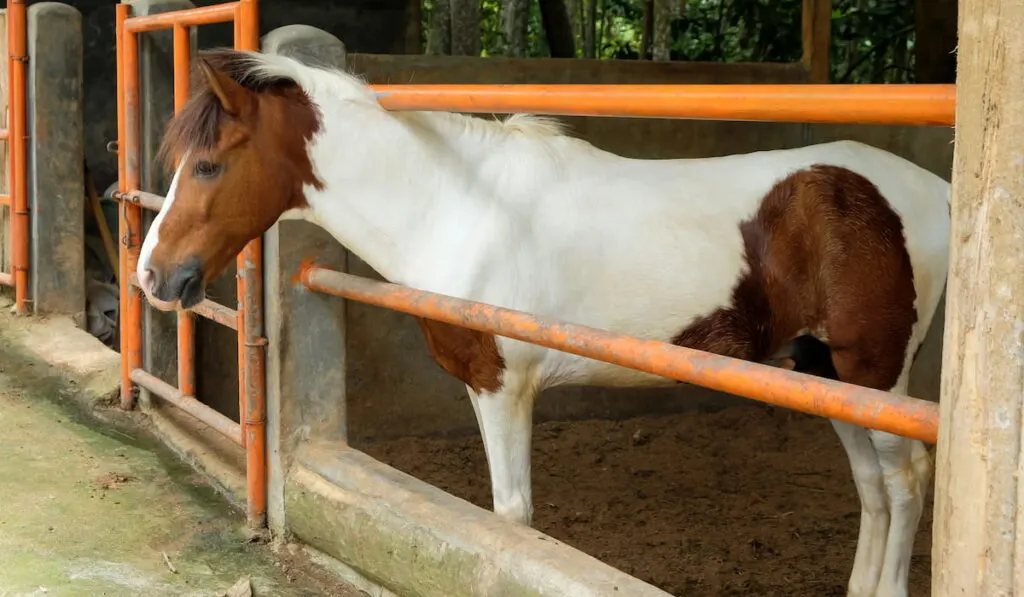
Table of Contents
What Are Nurse Mare Foals?
Nurse mare foals are, essentially, the physical kick-starter for a mare’s milk production, so she can nurse another horse. Similar to human wet nurses of years past, these foals are born to mares but do not nurse at them – those mares nurse other babies, so their mamas can be bred again more quickly.
To answer this basic question in more detail, there is a complex journey to follow. A mare from a good lineage is in high demand for breeding.
It gets even more significant in the Thoroughbred racing industry, where only foals who are born from a live cover (not artificial insemination) can be registered with the Jockey Club, and only registered Jockey Club horses are eligible to race.
This means that the racing industry concentrates breeding around specific ‘centers’, like Kentucky, where mares can easily travel within a few hours to a choice of stallions.
Further, regardless of actual birthdate, the racing industry counts all foals as being born on January 1st of that year (August 1 in the southern hemisphere) so owners ideally try to have their mares give birth as close to January or February as they can, to have larger, stronger yearlings for the sales and to maximize training time once the foal turns two.
So, in these thoroughbred breeding centers, the breeding season is fairly short – typically mid-February to mid-May. Thousands of mares will be bred each season, and thousands of foals born between just January and April. In many cases, things don’t work out well, and each year there are hundreds of ‘orphan’ foals that need care.
In some cases, mares will need to travel to another state (or even another country) to see a different stallion, and a two or three-week-old foal may not be strong enough to make that journey. In these cases, the foal and mare may need to part company while the foal still needs its mother’s milk.
But those foals are important and valuable, too – too valuable to be hand-nursed. That’s where nurse mares come in. These newly born and newly mama-less foals are matched to a nurse mare to feed and grow.
Nurse mares are other, less expensive or valuable mares, who have also just given birth and, so, are producing milk. The babies that they foal in order to produce milk to be able to feed those prize-lineage foals are the nurse mare foals.
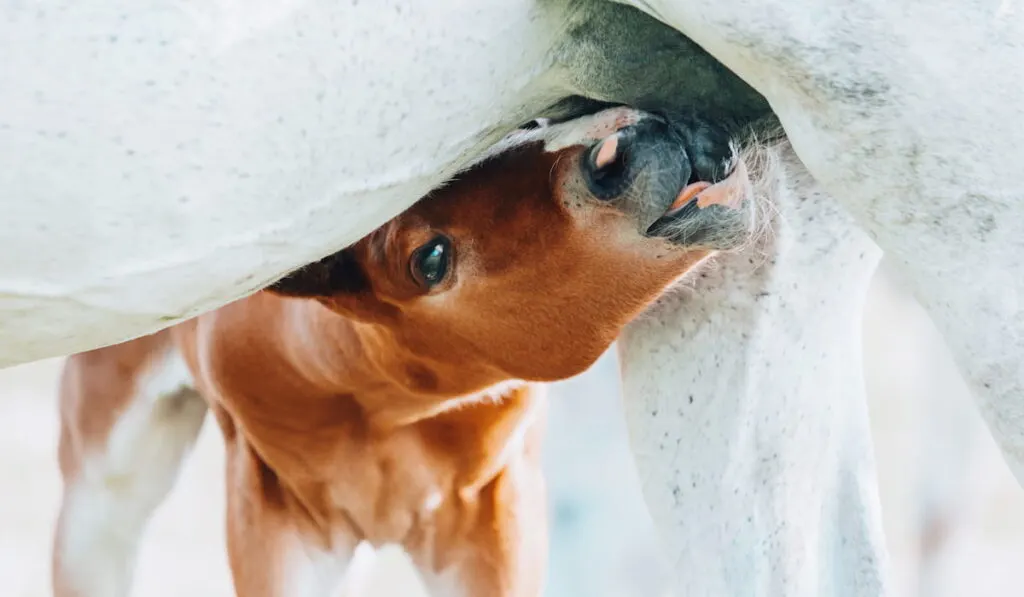
These foals are often called the orphans of the horse breeding world, and it’s easy to see why. At the end of the day, nurse foal mares are born solely to make their mom produce milk, and then are taken away from her so that other, pedigree babies can nurse at that mare and grow strong.
There are some instances, too, when nurse mares are used in situations beyond racing, that still result in nurse mare foals. (source) Sometimes, a baby may need a surrogate nurse mare because their own mother died, or perhaps the mother rejected her own foal.
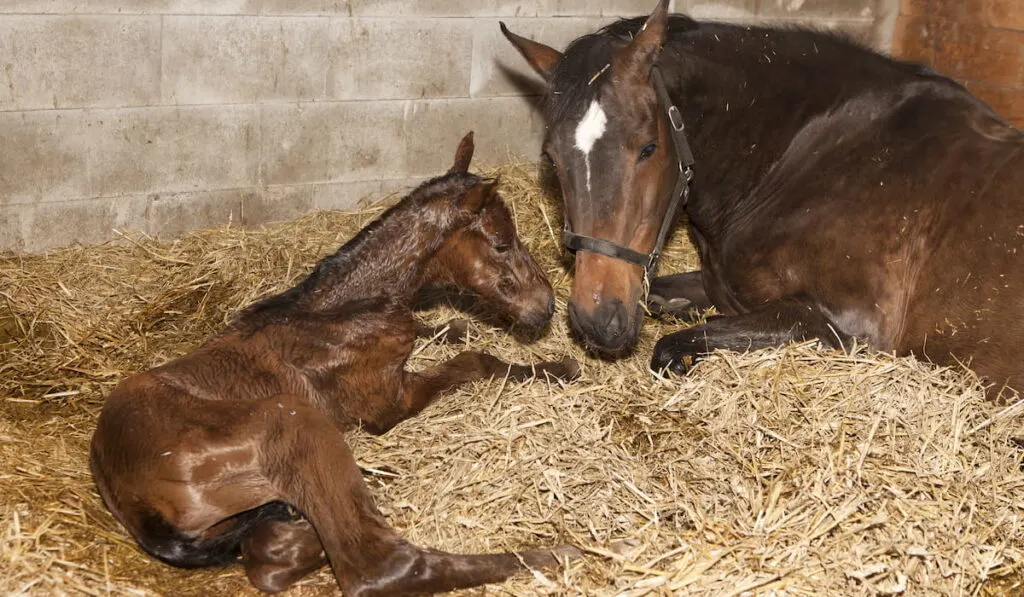
Why Aren’t They Kept With Their Moms?
Nurse mare foals can’t be kept with their moms if the mom gets ‘called up,’ because there’s not a guarantee of enough milk to go around, and the more valuable foal is prioritized.
For example, an average nurse mare farm will have as many as 70 to 80 nurse mares per season that they lease out to Thoroughbred breeders for as much as $2,500 per nurse mare. (source) Those nurse mares are sent to the farm of the expensive baby directly, leaving her original foal behind.
On top of that, foals typically need to eat every two hours, which makes bottle feeding tedious, tiring and difficult to maintain. Because of this demanding schedule, a nurse mare is needed, and the demands on her are greatly increased if she has more than one hungry foal at a time to feed.
What Breeds Are Nurse Mare Foals?
Most of the demand for nurse mares comes from the world of Thoroughbred racing, but the nurse mares and the subsequent nurse mare foals don’t need to be the same breed of horse.
In fact, you will often find draft horses or draft-crosses used for nurse mares and thereby resulting in nurse mare foals. (source)
Horses that are of draft stock are naturally heartier, possess strong maternal instincts, have a lower breed track record of rejecting foals and, most importantly, provide the most milk.
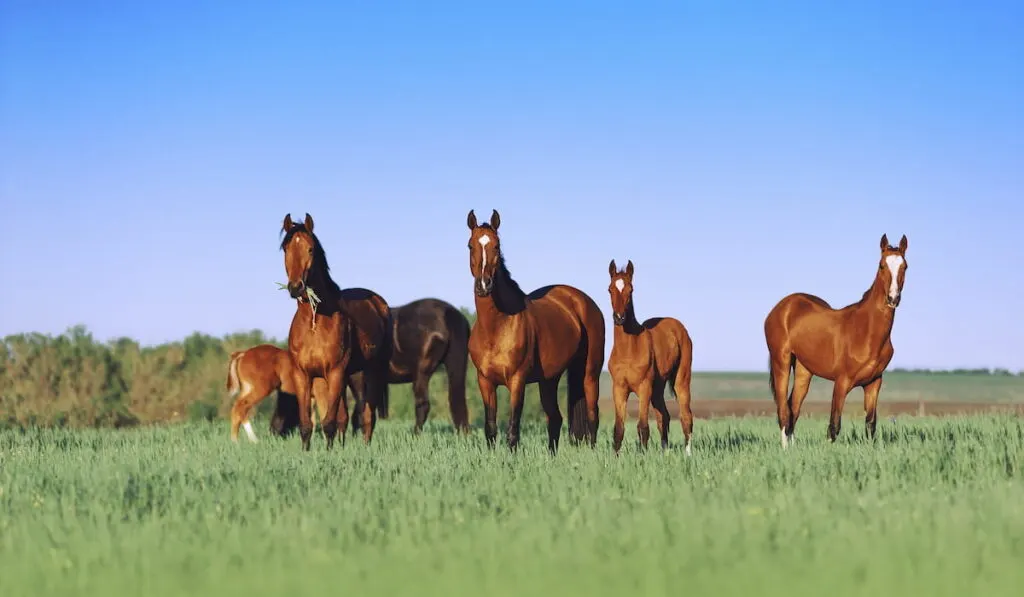
For this reason, it is the preference of many breeders to have their prize foals raised by a draft or draft-cross nurse mare, meaning that mare brings into the world a draft or draft-cross nurse mare foal.
Other highly valued nurse mare (and foal, by default) breeds are mild-mannered and even-tempered by nature, to ensure a smooth transition and reduce the risk of rejection. Common nurse mare industry breeds include Quarter Horses, Paints and Appaloosas.
How Do You Adopt a Nurse Mare Foal?
Most often, you will need to go through a rescue to get a nurse mare foal, although a small number of nurse mare farms rehome foals themselves. Rescues save foals in large groups, are well equipped to care for them and set up safe and secure transitioning for the foals.
Adopting a nurse mare foal is a noble goal but also one that is a significant commitment of time and resources.
One of the most popular nurse mare foal rescues is Last Chance Corral in Athens, OH. This non-profit has been saving nurse foals for over 20 years. They thoroughly vet all potential adopters to make sure they can adequately care for the fragile newborn foals that must be fed every couple of hours.
Once you have found a nurse mare foal through a rescue to adopt, the first step is always to start a dialogue with your equine vet. Adopting a foal is not the same as adopting a fully grown horse and will require more work and medical advice.
Caring for a Nurse Mare Foal
Foals should be given dry, draft-free environments, so they are protected from harsh weather and illness. Your orphaned foal should also be raised around as many other horses as possible so they can develop the necessary social skills and basic ‘how to act like a horse’ skills. They should have access to plenty of room to run and play while being secured with study, solid fencing to keep them safe.
As they require round-the-clock feedings for some time, early care is best left to rescues. (source) They have the experienced staff and necessary resources to take care of nurse mare foals in the first weeks of being taken from their mom. These foals rely on the volunteers for hand feeding and on expensive synthetic milk replacement.
The first days and weeks after separation of a nurse mare foal are very expensive and grueling. While some foals can be put on other nursing mares to feed, that is rare as that mare may not have enough milk to go around or may even reject the additional foal.
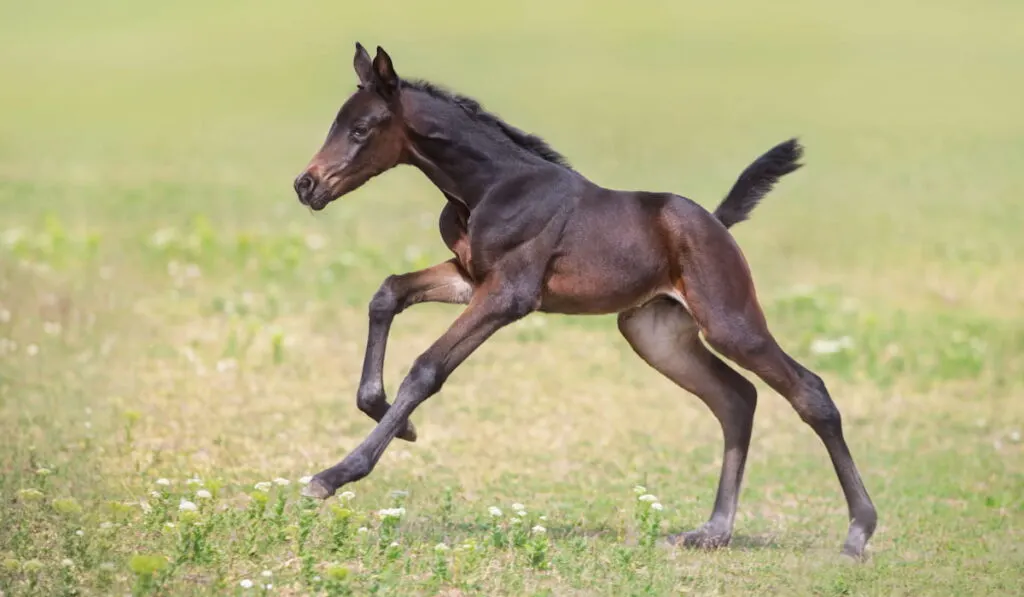
Once the orphan foals are strong enough, they can be adopted out. Though still young foals, at that time, they are old enough to go without feeding every two hours and will be strong enough to survive in a new, loving home.
Health Implications
Foals need to be fed constantly for a long time after their birth, with that clock starting at hour one. Many nurse mare foals start out spending time away from their mom and from milk resources for early-stage developmental issues. Missing crucial feedings obstructs bone and tissue growth, strength and even mental development.
One highly common issue that can affect nurse mare foals is Failure of Passive Transfer (FPT). (source) Foals are born biologically immunologically naive, meaning they need a passive transfer of antibodies from the mare’s first milk to provide immunity to disease for the first few weeks.
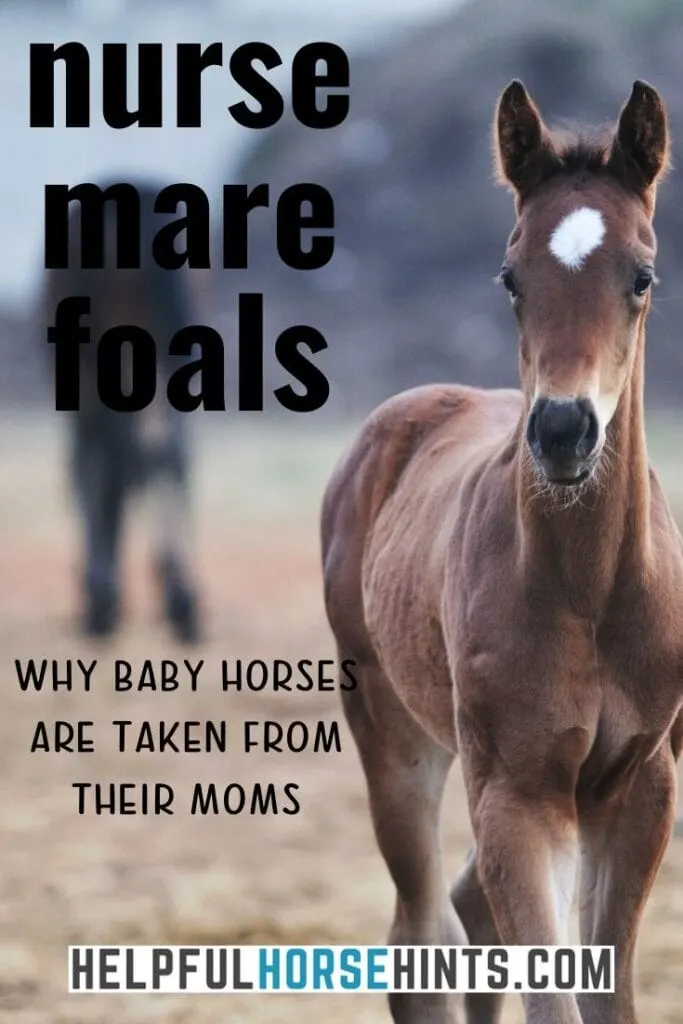
If they do not have access to that milk-enabled antibody transfer, the foals are left at risk of contracting neonatal infections in their first week of life.
Even once rescued, they more than likely will need to be bottle-fed by their human adopters. Without a team of people available 24/7 in shifts, it is more than likely then the regularity of feedings will be inconsistent.
Nurse mare foals are just as susceptible to regular newborn illnesses as non-nurse mare foals, such as neonatal infections. These are bacterial in nature and can be ingested or breathed in by the foal, usually appearing as signs of serious infections around seven to 10 days after birth.
Final Thoughts
Nurse mare foals are an often-overlooked part of the breeding industry. It is important to care for and be educated on all horses and do what we can to make the equestrian world a little better.
New technologies and solutions are being developed every day to decrease the prevalence of nurse mares in the industry by artificially bringing mares into milk production without them giving birth. Until that is the primary way of developing a nurse mare, though, orphan nurse mare foals will still be in need of homes.


